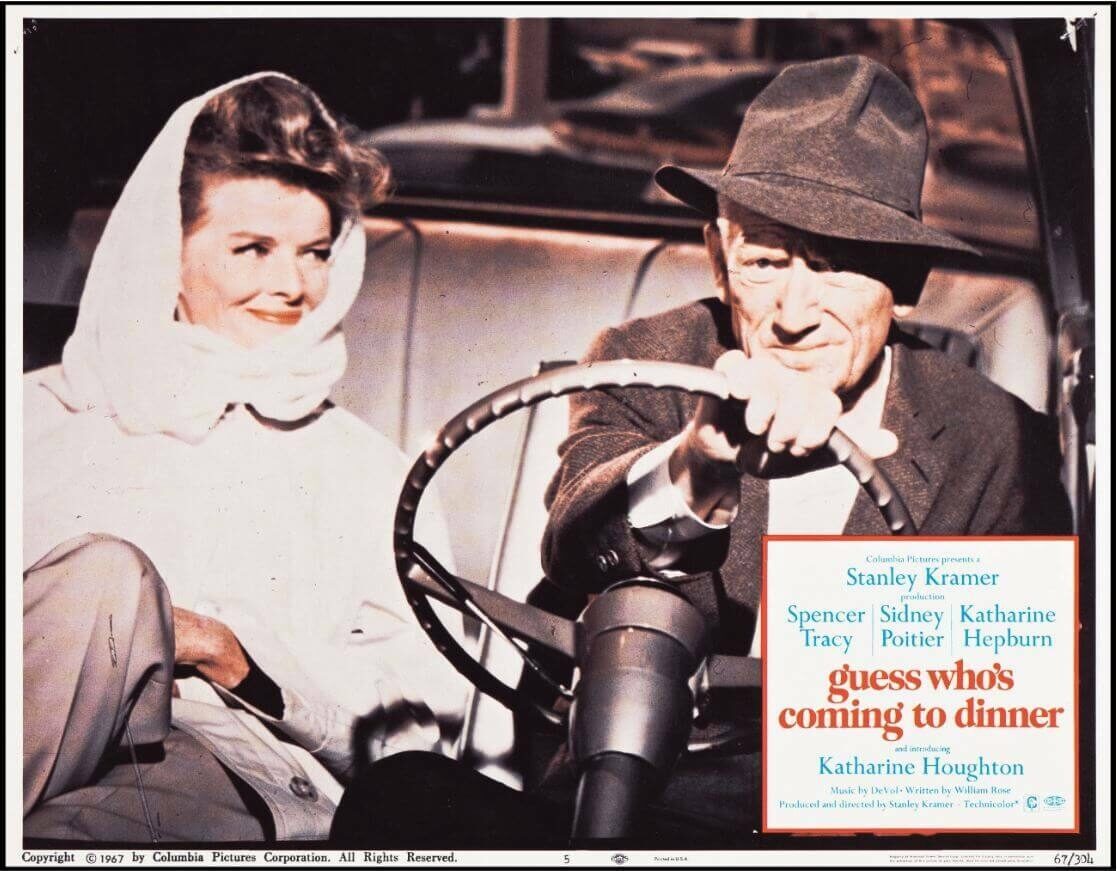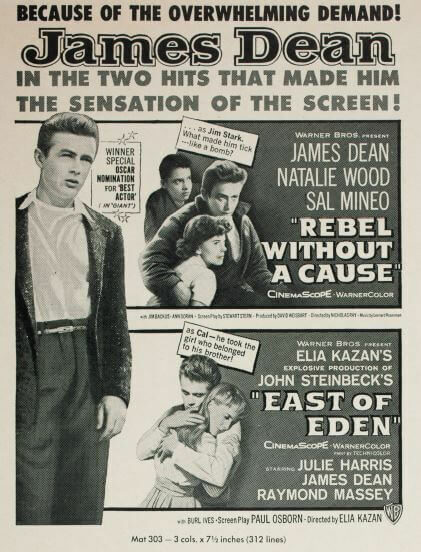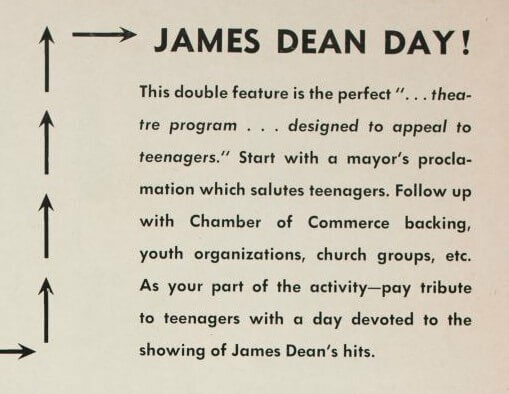The show must go on: Posthumous performances, publicity and legacy in ‘Popular Culture in Britain and America’
This weekend marks the 93rd Academy Awards, the biggest annual event in the Hollywood calendar. The 2021 nominations made Chadwick Boseman the seventh actor nominated for an acting Oscar posthumously.
In honour of this, and his potential upcoming win, I took a deep dive into Popular Culture in Britain and America, 1950-1975 to see what I could uncover about some of the previous posthumous Oscar nominees.
Spencer Tracy – Guess Who’s Coming to Dinner (1968)

Katharine Hepburn and Spencer Tracy in Guess Who’s Coming to Dinner © Bowling Green State University. Further reproduction is prohibited without permission
In the 1967 film Guess Who’s Coming to Dinner, Spencer Tracy and Katharine Hepburn star as husband and wife who are introduced to their daughter’s African American fiancé (Sidney Poitier) for the first time. The film heralded itself as “A love story of today”, addressing interracial marriage with an ultimately accepting tone, unusual at the time for a Hollywood feature.
The film was awarded ten Oscar nominations, one of which was received for best actor, posthumously by Tracy. Considered a giant of the golden era of Hollywood, this was his 75th and final film; he died of a heart attack only 17 days after filming was complete.
Nevertheless, there is only one mention throughout the film’s press book of this being his last performance. I had expected Guess Who’s Coming to Dinner to be marketed as the audience’s last chance to see the long-time partnership of Hepburn and Tracy on screen. Instead, the marketing relies heavily on promoting the quality of the performances, and the stardom of its key actors, by emphasizing the glowing reviews, Oscar nominations, and images of the stars to encourage audiences to flock to their local movie theatres.

Images © Bowling Green State University. Further reproduction is prohibited without permission
James Dean – East of Eden (1955) and Giant (1956)

Elizabeth Taylor and James Dean in Giant (1956), from Teen Life Magazine. Image © Bowling Green State University. Further reproduction is prohibited without permission
Materials on the posthumously released films of James Dean, over 10 years earlier, strike a different chord.
James Dean is best known for three films, yet the first, East of Eden (1955) was the only one released during his lifetime. Dean died in 1955, after a car accident at the age of 24, before the release of Rebel Without a Cause and Giant. Dean received Oscar nominations for both Eden and Giant, becoming the first Actor to receive a nomination posthumously and the only actor to have received two.
Although a rising star after the release of Eden, it was not until his death and his final two films that he became a cultural icon. He was idolized by his fans and the press alike as he became a symbol of teenage angst and misunderstood outcasts.
We can see just how idealized Dean became, through a press kit for his films. After the initial run in theatres, Warner Brothers re-released East of Eden and Rebel Without a Cause. The publicity materials show the aim to capitalize on the stardom Dean reached after his death, further solidifying his image as a cultural icon. The posters frequently highlight him as a “sensation of the screen” and the “overwhelming public demand” that lead to the re-release, as well as his “special” Oscar nomination for Giant.

Image © Bowling Green State University. Further reproduction is prohibited without permission
Movie theatres were also encouraged to promote the double feature as “James Dean Day”. Suggested as a “tribute to teenagers” this seems more like a day of tribute and mourning for Dean, encouraging him to be cemented as a cultural icon who, due to his untimely death, remains eternally young and a symbol of teenage rebels.

Image © Bowling Green State University. Further reproduction is prohibited without permission
While it remains to be seen if Chadwick Boseman’s turn in Ma Rainey’s Black Bottom will be rewarded at this weekend’s ceremony, it is clear his cinematic legacy will live on - much like the memory of Tracey and Dean.
About the collection
Popular Culture in Britain and America, 1950-1975 is out now.
Recent posts

The blog highlights American Committee on Africa, module II's rich documentation of anti-apartheid activism, focusing on the National Peace Accord, global solidarity, and student-led divestment campaigns. It explores the pivotal role of universities, protests, and public education in pressuring institutions to divest from apartheid, shaping global attitudes toward social justice and reform.

This blog examines how primary sources can be used to trace the impact of young voices on society, particularly during pivotal voting reforms in the UK and the US. Explore materials that reveal insights into youth activism, intergenerational gaps, and societal perceptions, highlighting their interdisciplinary value for studying youth culture, activism, and girlhood across history.
